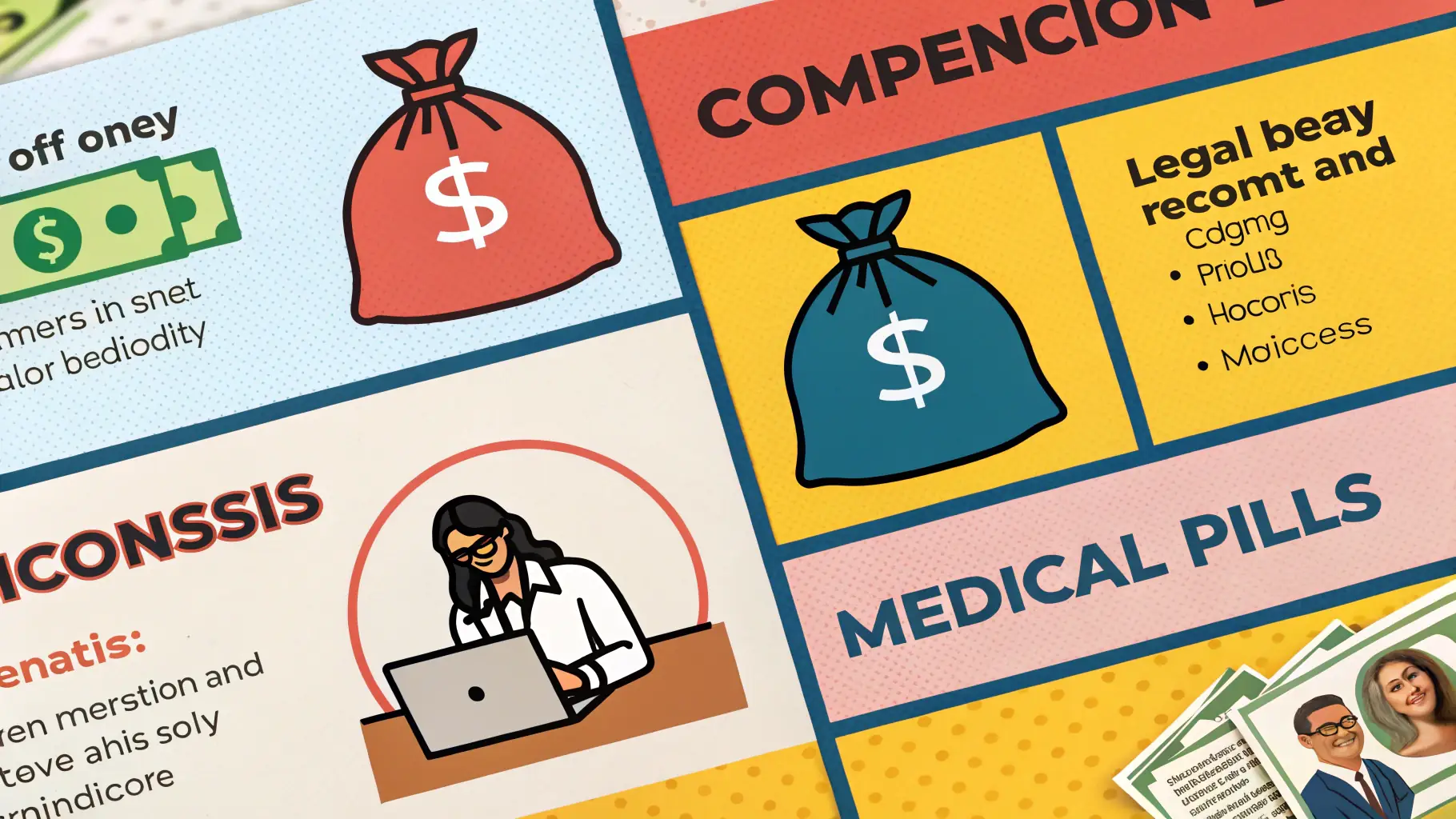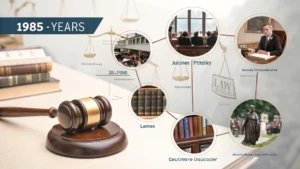Background of the Case
Gustavo Reyes-Gonzalez, a 34-year-old former countertop fabricator, developed a severe form of silicosis—an incurable lung disease—after years of cutting and grinding engineered quartz countertops. Reyes-Gonzalez worked for approximately 15 years in Southern California stone fabrication shops, often without proper respiratory protection, before being diagnosed with silicosis at age 33.
Silicosis occurs when fine crystalline silica dust is inhaled, causing irreversible lung scarring and progressive respiratory impairment. Reyes-Gonzalez’s condition became so severe he required a double lung transplant in February 2023. Despite the transplant, doctors predict he will likely need another within the next decade, significantly shortening his life expectancy.
Reyes-Gonzalez Lawsuit and Defendants
In 2022, Reyes-Gonzalez filed a silicosis lawsuit against over 30 manufacturers and suppliers of engineered stone products, alleging they created dangerously defective quartz slabs responsible for his illness. Most defendants settled out of court, but three companies—Caesarstone USA, Cambria Company, and Color Marble—proceeded to trial. This case marked the first engineered quartz-related silicosis lawsuit to reach trial in the United States, drawing attention from industry and safety experts.
Jury Verdict: $52.4 Million Award and Key Findings
After a multi-week trial concluded in August 2024, a Los Angeles County jury awarded Reyes-Gonzalez $52,437,366 in damages. This substantial award included approximately $8.26 million for economic damages (medical expenses and lost wages) and roughly $44.18 million for non-economic damages (pain, suffering, and emotional distress).
Key findings from the jury included:
Defective Product Design
The jury concluded that engineered quartz countertops were dangerously defective due to their high crystalline silica content—often exceeding 90%—making them hazardous to workers cutting and polishing the slabs.
Failure to Warn
Jurors found that Caesarstone and Cambria failed to adequately warn workers about the severe health risks associated with silica dust exposure. The manufacturers either provided insufficient warnings or completely neglected essential safety instructions, such as respirators, wet-cutting techniques, and proper ventilation.
Negligence
All three defendants were found negligent for failing to ensure their products were reasonably safe. Evidence showed the companies knew or should have known about the silica hazards but did not take appropriate measures to protect workers. Reyes-Gonzalez and his coworkers testified they were never adequately informed or trained about these risks.
Product Contribution to Disease
The jury specifically determined that engineered quartz products significantly contributed to Reyes-Gonzalez’s silicosis. Responsibility was apportioned among defendants, with Caesarstone found 15% liable, Cambria 10%, Color Marble 2.5%, and the remainder distributed among previously settled defendants and employers. The verdict highlighted that manufacturers shared responsibility despite workplace safety practices.
Understanding the Dangers of Engineered Quartz
Engineered quartz—also known as artificial stone or quartz surfacing—is widely used in kitchen and bathroom countertops. It consists primarily of crushed quartz sand bound with resins and pigments, containing very high levels of crystalline silica, far more than natural stones like granite or marble.
Fabricating engineered quartz releases airborne silica dust, which workers can inhale, leading to silicosis. Symptoms begin with shortness of breath and coughing, often rapidly progressing to severe respiratory conditions. Unlike traditional silicosis, cases linked to engineered stone exposure often affect younger workers within a relatively short timeframe.
Implications for the Engineered Stone Industry and Future Litigation
The Reyes-Gonzalez verdict is a significant legal precedent, emphasizing manufacturer accountability and potentially influencing future engineered quartz litigation. The substantial award could prompt manufacturers to enhance product safety, provide clearer warnings, or face increased liability risks.
Regulatory scrutiny and legislative responses may intensify. California and other jurisdictions are already considering stricter regulations or bans on high-silica engineered quartz materials, following international trends.
For workers and attorneys, the verdict highlights the importance of pursuing legal action in cases of engineered quartz-related injuries. As more lawsuits emerge, industry-wide improvements in safety practices and accountability are likely.
Conclusion
The $52.4 million jury verdict in the Reyes-Gonzalez case emphasizes the severe health risks linked to engineered quartz countertop fabrication and establishes a clear precedent for manufacturer accountability. As the engineered stone industry navigates this landmark ruling, enhanced safety measures and heightened litigation awareness are expected to follow.


